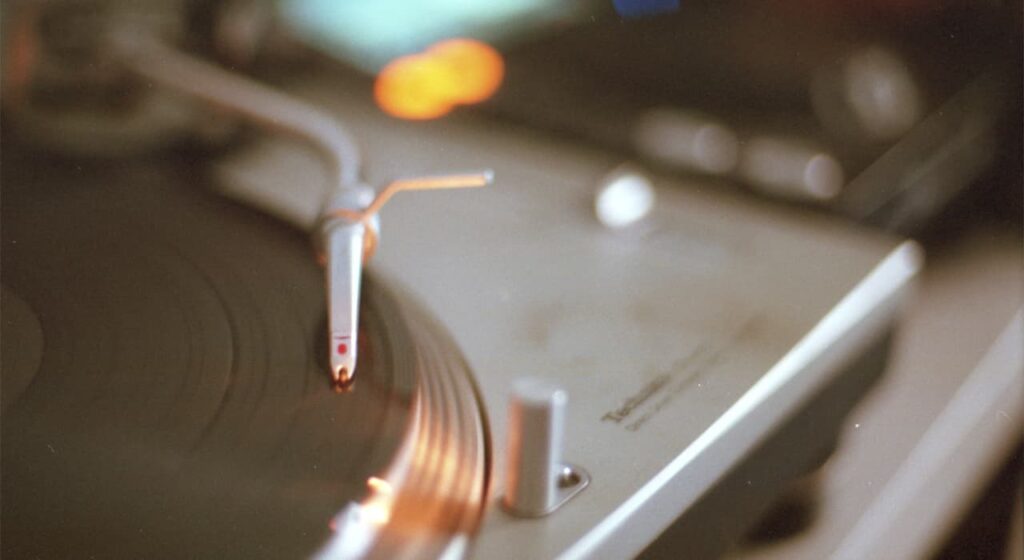Music of the Middle Ages is a period in the development of musical culture, spanning the time period from about the fifth to the fourteenth centuries AD.
EUROPE
During the Middle Ages in Europe, a new type of musical culture emerges – a feudal culture that combines professional art, amateur musicianship, and folklore.
Since the church dominates all areas of spiritual life, the basis of professional musical art is the activity of musicians in churches and monasteries.
Secular professional art is represented at first only by singers who create and perform epic tales at court, in the homes of the nobility, among warriors, etc. (bards, skalds, etc.).
Over time, amateur and semi-professional forms of knightly music-making developed: in France – the art of troubadours and troublers (Adam de la Al, XIII century), in Germany – minnesingers (Wolfram von Eschenbach, Walter von der Vogelweide, XII-XIII centuries), as well as urban craftsmen. In feudal castles and towns all kinds, genres and forms of songs (epic, “dawn”, rondo, le, virele, ballads, canzones, laudes, etc.) are cultivated.
New musical instruments, including those that came from the East (viola, lute, etc.) enter the life, ensembles (unstable compositions) appear. Folklore flourishes in the peasant environment. There are also “folk professionals”: storytellers, traveling synthetic artists (jugglers, mimes, minstrels, shpielmans, skomorokh).
The transition from neumas, which only approximately indicated the character of melodic movement, to linear notation (Guido d’Arezzo, 11th century), which made it possible to fix exactly the pitch of tones and then their duration, contributed to the fixation, preservation and spread of traditions and standards (but also their gradual renewal updating).
In Western Europe from the 6th-7th centuries a strictly regulated system of monodic church music based on diatonic keys (Gregorian chant) that unites recitation (psalmody) and singing (hymns) was formed.
At the turn of the 1st and 2nd millenniums polyphony emerges. New vocal (choral) and vocal-instrumental (chorus and organ) genres were formed: organum, motet, conduit, and then mass. In twelfth-century France, the first compositional (creative) school was formed at the Notre Dame de Paris Cathedral (Léonin, Perotin).
At the turn of Renaissance (ars nova style in France and Italy, XIV century) in professional music single voices are replaced by polyphony, music gradually begins to free from purely practical functions (service of church ceremonies), it increases the importance of secular genres, including songs (Guillaume de Machaut).
EASTERN EUROPE AND ASIA
Eastern Europe and Transcaucasia (Armenia, Georgia) developed their own musical cultures with independent systems of harmonies, genres, and forms.
Byzantium, Bulgaria, Kievan Rus and later Novgorod saw the flowering of Znamenny chant (Znamenny chant), based on the system of diatonic voices, limited to purely vocal genres (troparia, verses, hymns, etc.) and using a special system of notation (hooks).
At the same time in the East (Arab Caliphate, Central Asian countries, Iran, India, China and Japan) a feudal musical culture of a special type is being formed. The culture is characterized by wide spread of secular professionalism (both court and folk). It acquires virtuoso nature, limitation by oral tradition and monodic (melodies without accompaniment) forms which however reach high refinement in melodic and rhythmical style. ).
